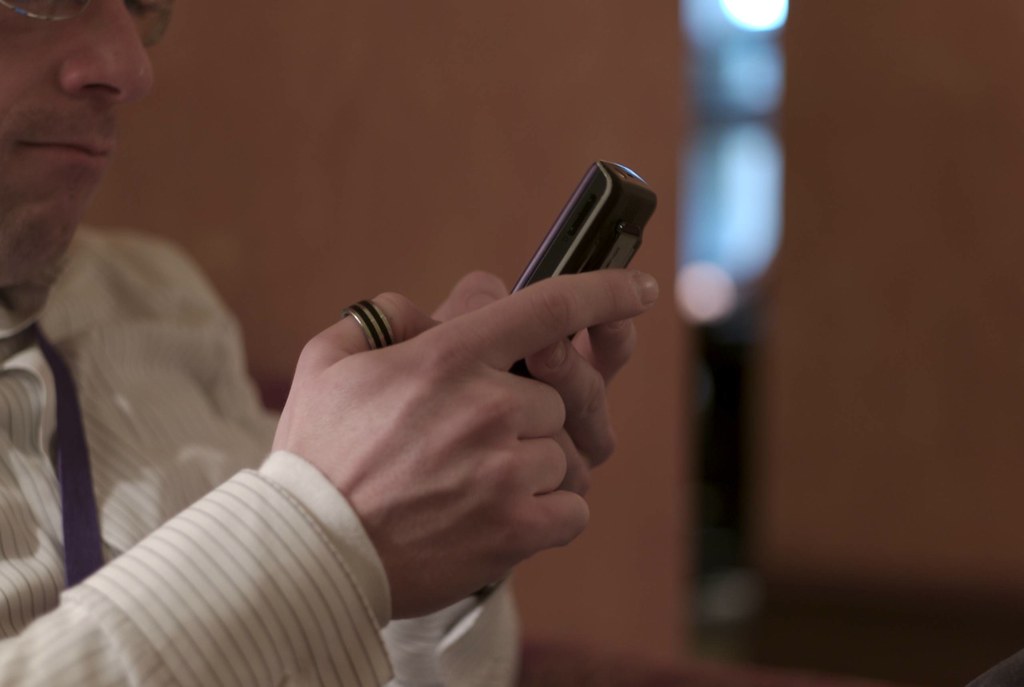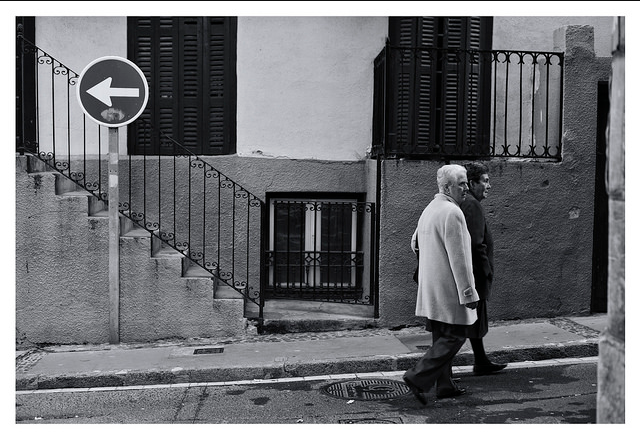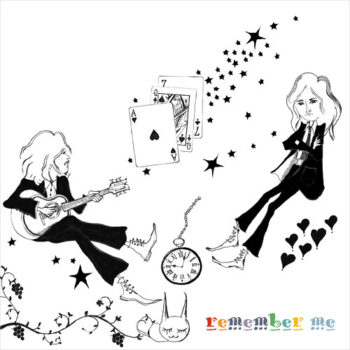What is the difference between owning and developing identity? What does it mean to own something? What does it mean to develop your identity? What are the good and bad aspects?These are all questions people, including myself, frequently wonder. This topic also includes the negative aspect of owning and developing.
What is the difference between owning and developing identity? There are many differences between the two. The term “owning” refers to the possession of one or multiple items or feelings. To develop means to grow and advance including school work and play time. They might know all of their multiplication tables by the end of the year while in the beginning they only knew a few or they create more stories with their imagination to act out with their friends. When talking about the identity of one’s self, we can see the difference between when someone owns their identity vs. is developing it. In childhood, between the ages of newborn and 12 years, we see the most development in children’s minds, they start to find what they like and don’t like, examples of this would be if they like green or purple, who they want to be friends with or not, and they develop different types of these concepts in school. By the time they reach their teenage years, they have an understanding of who they are and will write personal stories in school about themselves. Within these stories, they might find more about themselves than they knew before and own these discoveries.
There is also the negative aspect of this topic. Not only will teenagers own the good discoveries about themselves, they also might own the bad. Based on how children grow up, it will shift their development. An example of a shift in development is children in situations of neglect or abuse from parents or bulling from peers will take in the bad from others vs. children who grow up in helpful and loving environments will look at the good around them. Children listen to everything around them and pick up on conversations or tone, so when children are put in bad situations, they take in those negative aspects and express it through their own identity. Most teenagers and adults who express these emotions themselves, most of the time identity themselves with this persona and own it throughout their lives in a negative way. It is the same with children in helpful and developmentally appropriate environments. They will express good in the world and onto other people. These people who identify themselves as a loving persona, I have found also found, have a better understanding of the world around them.
“dissociative identity disorder 1” by hunnnterrr is licensed under CC BY 2.0.













